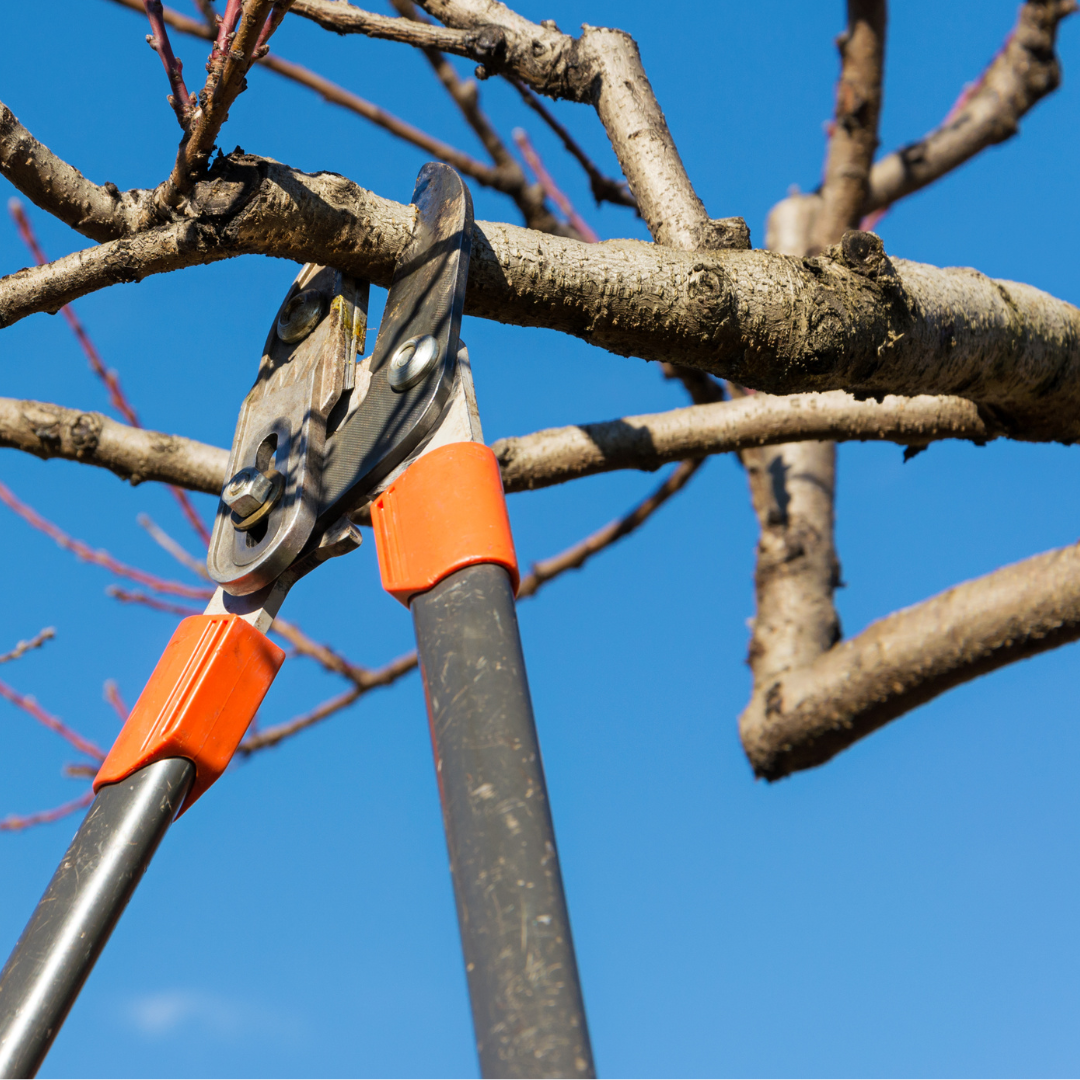There are several reasons why it’s generally best to stop pruning deciduous trees before spring arrives:
Reduced Stress on the Tree:
- Dormancy: During winter, deciduous trees are dormant, meaning they’ve slowed down their growth processes and are conserving energy. Pruning during this time minimizes stress on the tree as it doesn’t have to focus on healing wounds while also putting energy into new growth.
Faster Healing:
- Active Growth: In spring, trees are actively growing new leaves and shoots. Pruning during this period diverts energy away from growth and towards wound healing, potentially slowing down the healing process and making the tree more susceptible to diseases and pests.
Minimizing Disease and Pest Risk:
- Open Wounds: Pruning creates open wounds on the tree, which can act as entry points for diseases and pests. Spring often coincides with increased activity of insects and pathogens, making the tree more vulnerable to infection if pruned during this time.
Preserving Blooms:
- Flowering Trees: Some tree species such as Cherry, Crape Myrtle, and Red bud are example of Flowering trees. Particularly those that flower early in spring, develop flower buds on the previous year’s growth. Pruning in late winter or early spring can inadvertently remove these buds, leading to fewer or no blooms for that season.
However, it’s important to note that there are some exceptions and specific situations where limited pruning in spring might be acceptable. It’s always best to consult us to have one of our ISA Certified Arborist come discuss property techniques.
Following the ANSI-A300 Pruning standards will help your tree develop stronger tissues as it repairs itself and promotes new buds.
1. Promotes Tree Health: A300 emphasizes proper pruning techniques that minimize harm to the tree and encourage healthy growth. This includes avoiding practices like topping, which can weaken the tree and leave it susceptible to disease and pests.
2. Ensures Safety: Following A300 standards helps ensure the safety of both the tree and the people involved in pruning. The guidelines address proper equipment usage, climbing techniques, and safe work practices, reducing the risk of accidents and injuries.
3. Improves Aesthetics: A300 promotes pruning methods that enhance the tree’s natural form and beauty. This can be particularly important in landscaping and urban areas where trees contribute significantly to the aesthetics of the environment.
4. Sets Industry Standards: A300 provides a common reference point for tree care professionals, ensuring consistent, high-quality work across the industry. This helps build trust and confidence among clients who can be assured that the work performed adheres to established best practices.
5. Reduces Legal Issues: Following A300 standards can help avoid potential legal issues arising from improper tree care practices. By adhering to the guidelines, professionals can demonstrate they exercised reasonable care and followed industry standards.
Overall, the ANSI A300 standards play a vital role in ensuring the proper care, health, safety, and aesthetics of trees. It’s a valuable resource for both tree care professionals and individuals who want to ensure their trees are pruned correctly and safely.









